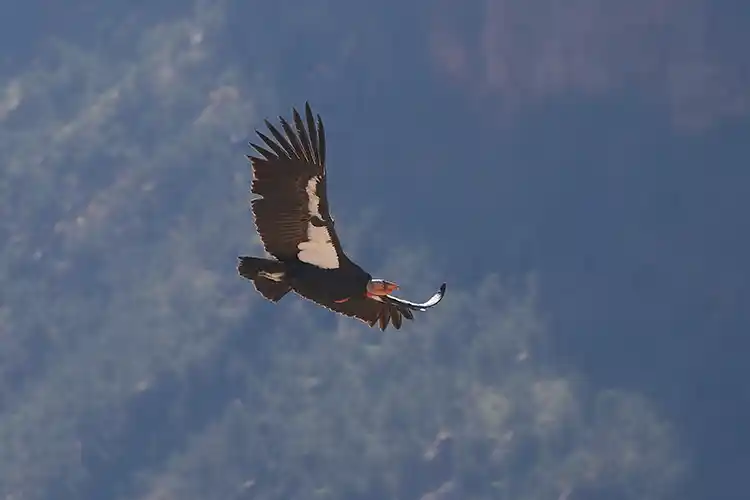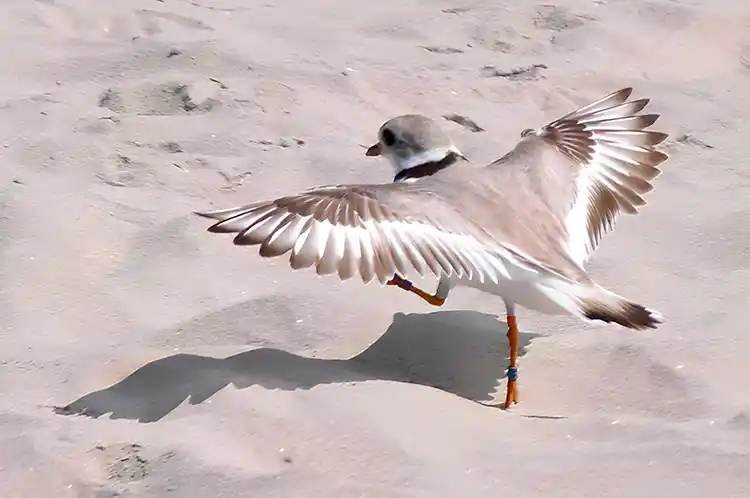
Groundbreaking mapping highlights where conservation efforts are urgently needed
By
A pioneering study led by the University of St Andrews and Cornell University has, for the first time, mapped bird population trends at an exceptionally fine scale across an entire continent. Published today in Science, the research examines shifts in bird populations across North America at a 27km by 27km resolution — an area roughly the size of Bath.
Harnessing advances in machine learning and a wealth of citizen science data, researchers analysed 36 million bird observations and high-resolution environmental data to reveal a stark trend: bird populations are declining most severely where they were once most abundant. Eighty-three per cent of the 495 species examined showed greater losses in their traditional strongholds.
Dr Alison Johnston, co-director at the Centre for Research into Ecological and Environmental Modelling at the University of St Andrews and leader of the project at the Cornell Lab of Ornithology, said: ‘We’re not just seeing small shifts happening, we’re documenting populations declining where they were once abundant. Locations that once provided ideal habitat and climate for these species are no longer suitable.’

The findings follow mounting concerns over avian biodiversity. The 2025 US State of the Birds report highlighted widespread declines across almost every ecological biome, while a 2019 Science paper estimated a loss of nearly three billion birds in North America since 1970.
Crucially, the study also identified pockets where populations are increasing, offering hope for targeted conservation. ‘In areas where species are increasing, that shows us that those species have some potential for recovery,’ Johnston noted.
Professor Amanda Rodewald from Cornell praised the breakthrough, emphasising that fine-scale information across vast areas is exactly what conservationists have lacked. ‘These data products give us a new lens to detect and diagnose population declines and respond in ways that are strategic, precise and flexible. That’s a game changer for conservation,’ she said.
The team’s approach involved novel causal machine learning models and more than six million hours of computing, ensuring robust results despite biases inherent in citizen-collected data. Their detailed mapping promises to equip policymakers and conservationists with the tools needed to reverse declining trends and safeguard North America’s birdlife.



